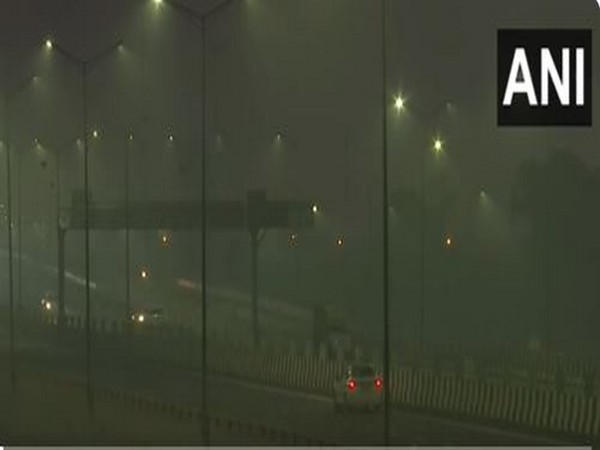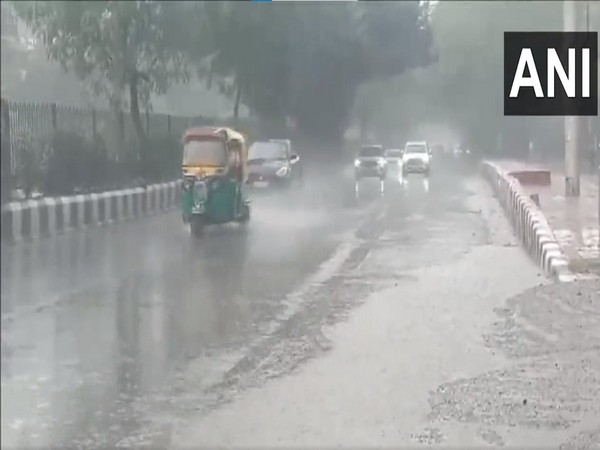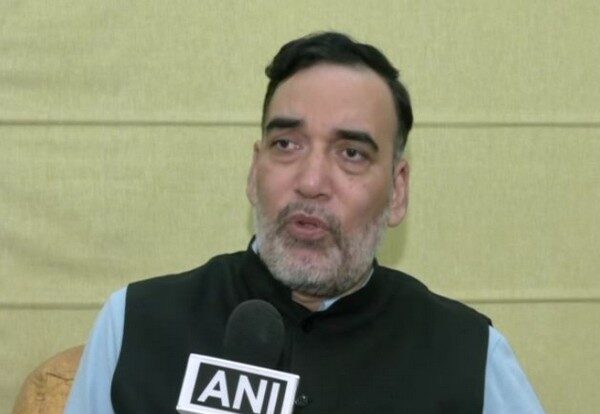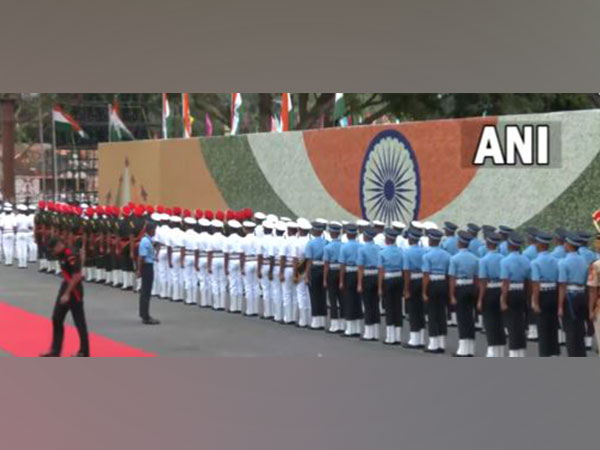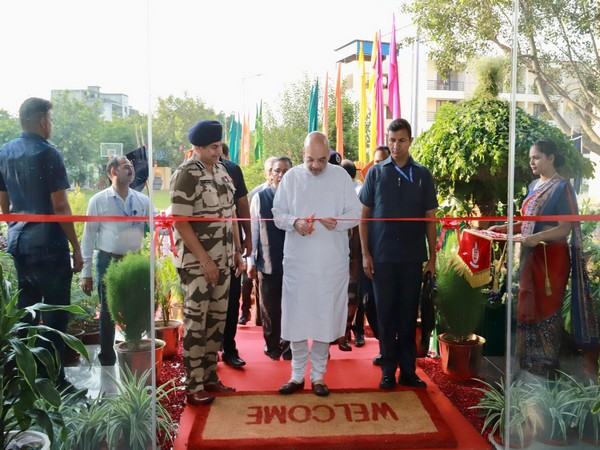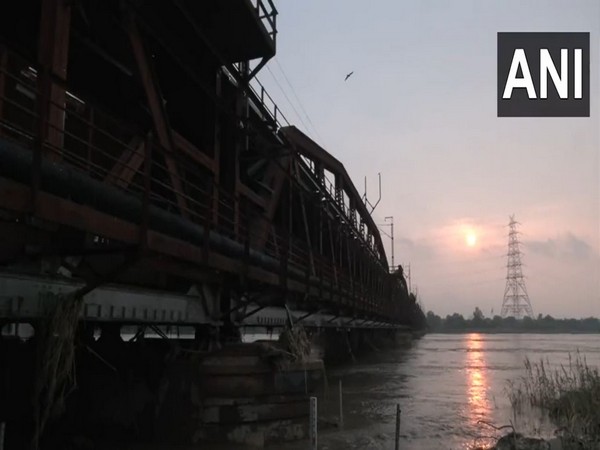Delhi Environment Minister Gopal Rai on Friday said that the government cannot control the pollution in the national capital completely and that sources outside the city cause twice the pollution than inside.
The Environment Minister said that Chief Minister Arvind Kejriwal-led government in Delhi is working on a war footing to curb the pollution level.
This came after the air quality in several parts of the national capital reeled under the ‘severe’ category on Friday morning with Mundka recording the highest Air Quality Index (498).
As per the Central Pollution Control Board (CPCB), the AQI in the Lodhi Road area was recorded at 438, in Jahangirpuri at 491, in the RK Puram area and in IGI Airport (T3) at 486 and 473 respectively.
When asked whether the Delhi government has failed in curbing the pollution level, Gopal Rai said, “First of all, it is wrong to think that the Delhi Government can control pollution completely because the matter of pollution is not of Delhi alone. Sources outside Delhi cause twice the pollution here than the sources within Delhi.”
He said that the Delhi government is working on a war footing. “It is a result of the efforts of CM Arvind Kejriwal that as per the report of the Central Government, in 2015, there were only 109 days out of 365 in which air quality was good. Last year we reached 163 days. This year, Delhi experienced more than 200 days of good air quality.”
The minister said that after the Delhi government’s efforts, the 13 hotspots identified last year across the city now have been reduced to 5, adding that the next 15 days of November are crucial.
“Last year, 13-14 hotspots were identified where there was a continuous increase in pollution. Now their numbers are 4 to 5. In the whole of North India, there is this kind of situation of AQI. The next 15 days are very critical for Delhi. The speed of the wind is low, and the temperature is going down. Seeing this, the GRAP 3 rules have been implemented. We have called the meeting of all the concerned departments at 12 p.m. today. We are seeing that, though rules and policies are being made and directed, their implementation is not strict. This is a challenge,” he added.
AQI at multiple locations in the NCR region of Noida also plunged to the ‘severe’ category with Sector 62, Sector 1 and Sector 116 recording 483, 413 and 415 respectively.
A resident of Noida said that in the wake of dense smog, he has started experiencing breathing problems.
“I can feel irritation in my throat and difficulty in breathing. There is pollution…Something should be done about it. How will an ill person breathe properly? You can see how the situation is,” he said.
Another resident, Maya Sharma, too, complained of difficulty in breathing.
“My son is going to school. The smog seems to be increasing. No notification regarding the closing of schools has come yet. I am sending him to school wearing a mask…Precaution should be taken as children are falling ill easily…Breathing has become a little difficult. If online classes take place, children will not fall ill,” she said.
Meanwhile, health experts have advised to follow precautions including wearing masks and avoiding going out unnecessarily.
Dr Dhiren Gupta, senior paediatrician, Sir Ganga Ram Hospital said that air pollution in the national capital is going to impact the paediatric age group more than adults.
“Pollution is going to impact the paediatric age group more than adults. Once you are exposed during pregnancy, there are very high chance that an unborn new-born will be allergic later on. In infancy, remodelling happens in the lungs and other areas. It impacts their lives.”
He said that nowadays every road is like a smoking zone. “It not only affects patients who are allergic or have asthma but also normal people…Try to avoid going out early in the morning or late in the evening because the pollution level at that time is very high. At most, you can wear an N95 mask… We can take some measures so that we don’t contribute to this pollution,” the health expert added.
Dr Nikhil Modi, Senior Consultant Respiratory Critical Care, Apollo Hospital, also advised to follow precautions.
“We are in that time of the year where pollution has started to increase once again. The number of patients with breathing problems has increased. More people have coughs, colds, water and irritation in their eyes, and breathing problems… People of every age are affected by this. The time has come for us to use masks. Go out only when needed,” he said.
Meanwhile, the Delhi government on Thursday ordered for all the government and private primary schools to remain shut for the next two days.
In the wake of the worsening air quality, the Commission for Air Quality Management (CAQM) invoked the third stage of the Graded Response Action Plan (GRAP) on Thursday.
Stage III of the GRAP is implemented when the AQI hits Severe in the range of 401-450. As part of its response to combat pollution the state government can impose strict restrictions on BS III petrol and BS IV diesel four-wheelers in certain areas and may suspend physical classes in schools for primary grade children up to Class 5. The Delhi government has since suspended primary school classes. (ANI)
For more details visit us: https://lokmarg.com/

